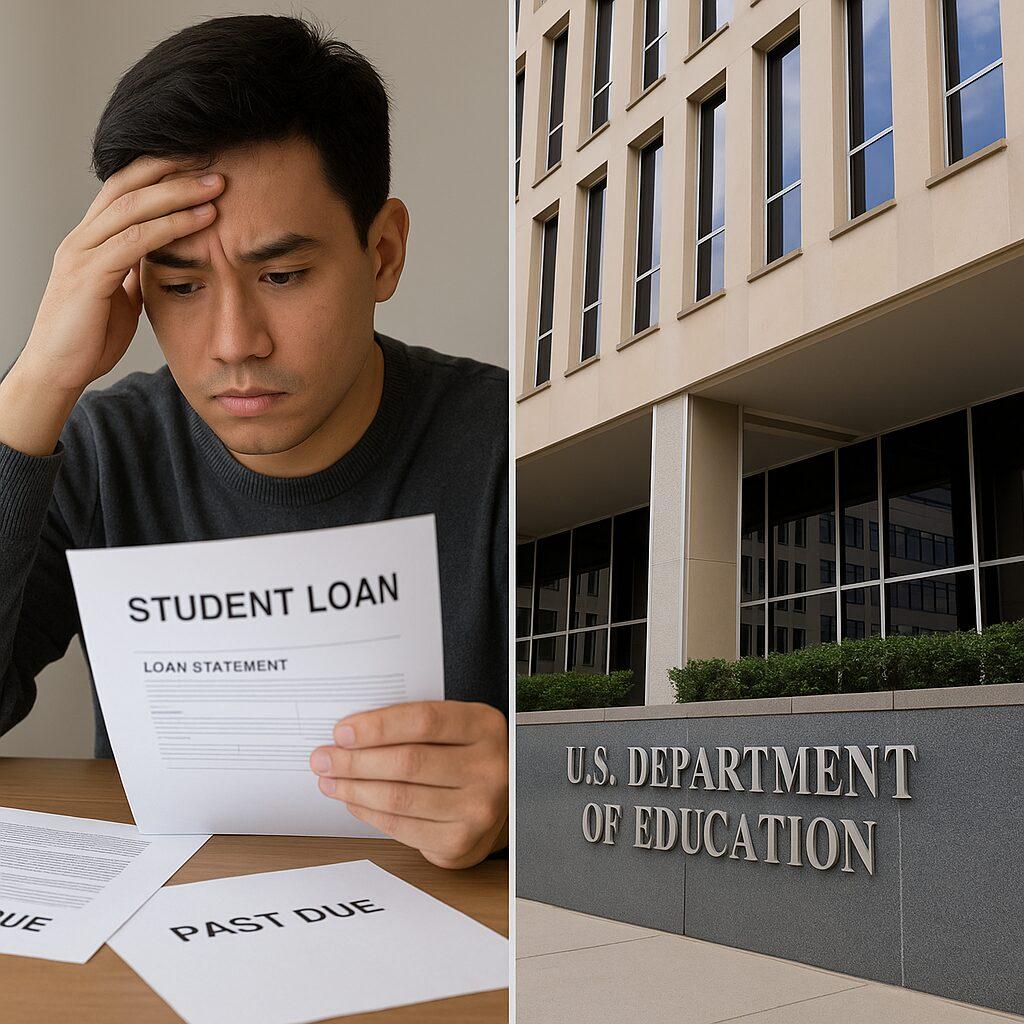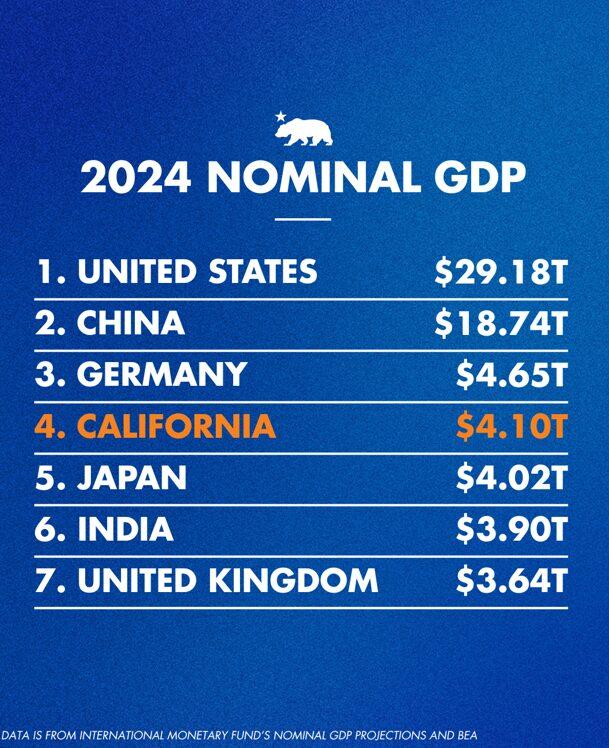WASHINGTON, D.C. — The U.S. Department of Education has officially resumed collections on defaulted federal student loans as of May 5, 2025, ending a pandemic-era relief that shielded millions of borrowers from financial penalties for over five years.
The move affects approximately 5.3 million Americans whose loans are currently in default and comes amid a broader reorientation of federal student loan policies under the Trump administration.
End of the Collections Freeze
The pause, originally enacted in March 2020 at the start of the COVID-19 crisis, had prevented the government from garnishing wages, withholding tax refunds, or seizing Social Security payments from borrowers who had fallen behind. The reactivation of the Treasury Offset Program this month means those protective measures have been lifted.
According to the U.S. Department of Education, borrowers in default are now subject to:
Wage garnishment (scheduled to begin in coming months)
Seizure of federal tax refunds
Deductions from Social Security and disability payments
The Department confirmed in a public release:
“The resumption of default collections is part of a broader effort to return borrowers to repayment and help them regain good standing.” (Source: ed.gov)
Relief Options and Borrower Tools
Borrowers impacted by the policy shift are encouraged to take immediate steps to avoid penalties. Options include:
Loan Rehabilitation: Allows borrowers to make a series of agreed-upon payments to remove the loan from default status.
Loan Consolidation: Combines federal loans into one, placing it in good standing and enabling access to income-driven repayment plans.
Income-Driven Repayment (IDR): Offers payment adjustments based on income and family size.
Despite administrative changes in recent months, IDR plans remain available to eligible borrowers, although some have reported confusion over eligibility and recalculations.
The Department’s Fresh Start program, launched in 2022, continues to offer streamlined paths out of default, though some provisions are set to expire in the coming year.
Institutional Accountability
In addition to borrower-focused changes, the Trump administration is increasing scrutiny of educational institutions. According to a Wall Street Journal report, the administration has warned colleges that they could lose access to federal student aid if their default rates remain high.
Schools face sanctions if:
More than 30% of former students default within three years, or
Over 40% default in a single cohort year
(Source: WSJ)
The policy aims to link school performance to loan repayment outcomes, targeting for-profit institutions and underperforming colleges with large default populations.
Who’s Hit Hardest?
A recent analysis by The Guardian noted that the restart of collections disproportionately impacts low-income borrowers, particularly Black and Latino communities. These groups are more likely to have taken out loans to attend under-resourced institutions and face systemic barriers in repayment.
While the Department has not publicly released updated demographic data, researchers and advocacy groups say that restarting collections may exacerbate economic inequalities without additional borrower protections.
Trump Administration Policy Shift
This marks a significant departure from the previous administration’s strategy, which included broad-based relief such as the now-defunct one-time forgiveness proposal and expanded PSLF (Public Service Loan Forgiveness).
The current administration argues that blanket loan forgiveness exceeded executive authority and emphasizes fiscal discipline, institutional accountability, and enforcement of existing contracts.
Additionally, President Trump recently signed an executive order outlining plans to dismantle the U.S. Department of Education, redistributing its responsibilities to agencies like the Small Business Administration and Department of Health and Human Services. While largely symbolic for now, the order has sparked widespread debate.
What Borrowers Need to Know Now
Borrowers with defaulted loans are strongly urged to verify their loan status and contact their servicer or the Department of Education’s Default Resolution Group immediately. Missing key deadlines could trigger involuntary collections—such as wage garnishment or tax refund seizures—within weeks.
Financial experts warn that these developments may affect national consumer credit trends. A recent MarketWatch report revealed that even borrowers with strong credit scores are beginning to fall behind, signaling broader repayment challenges and potential ripple effects across the economy.
Resources for Borrowers
Federal Student Aid: https://studentaid.gov
Default Resolution Group Hotline: 1-800-621-3115
Loan Rehabilitation Info: Available through your loan servicer or at ed.gov





